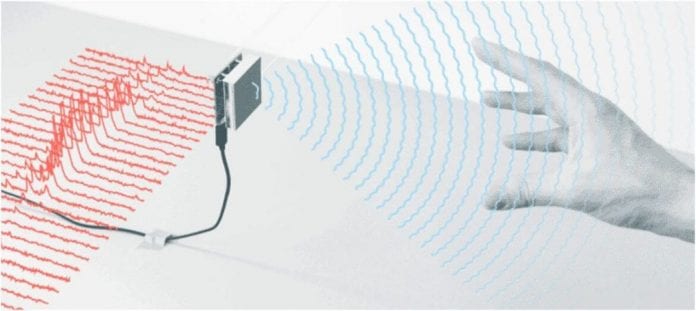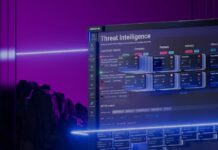The ATAP group division from Google has been working on new technology, and the Project Soli is one of the best they have come up with so far. Google Project Soli proves that through the use of a small radar chip we can control the digital world around us, and Ivan Popyurev has led the project.
The ATAP group is a division that is in Google itself. Under the leadership of Regina Duggan, a former DARPA person, ATAP, which stands for Advanced Technologies and Projects, the division pursued different types of technologies which included modular phones and 3D mapping. The projects were named Project Ara and Tango respectively. They also developed Project Spotlight Series, a cinematic, live-action virtual reality movies. After the departure of Duggan to Facebook, it was anyone’s guess whether the projects would be further developed. Tango managed to be assimilated by Google, but Project Ara is still waiting.
But Project Soli is still being developed, and it seems it wants to go even further. They do not want to stop now, and they now aim at creating a new radar enabled consumer device. This is why Poupyrev was directing his team to show that radar can work on a smart watch.
Poupyrev said that if you can put something on a smart watch, then it can fit anywhere. Therefore, the team decided to make the chip much smaller and also make it draw less power. And the chip was redesigned to do the same thing again and again and again. Finally, the team was able to create the smallest chip imaginable, the smallest of chips, which balances on a pinky toenail. It consists of four antennas and can send and receive data. The first redesigned Soli radar chip managed to draw 1.2 watts of power before they eventually came to the chip they have which draws only 0.054 watts of power.
The chip does have its disadvantages, though. It’s complicated to expect a small chip like this to work in radars which are expected to detect and discover objects while they are still some several miles away.
Poupyrev, when he was talking about other devices, said that everything was probably mot going to have its own interface. Every switch, every smart sprinkler or cup could not have their own interfaces. Soli’s goal was to come in and create one common design language that would be good enough to control plenty of things at the same time.
The lead machine engineer at project Soli said there were two zones pertaining to the Soli technology. The first gesture was proximity since Soli could detect all the fine and finer movements. The second zone was the zone of interaction which was signified by the lighting up of the watch when the hand gets closer.









